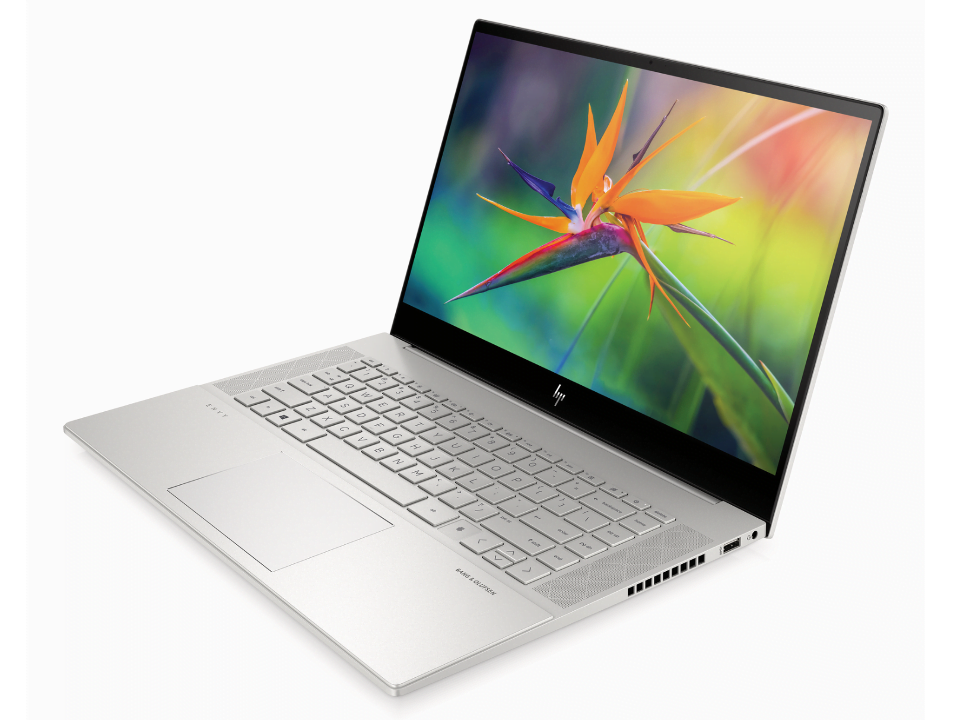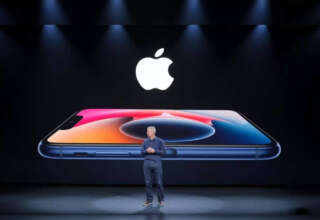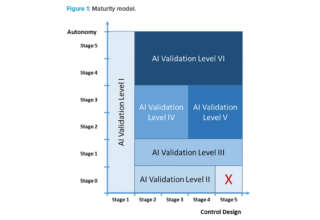
Imagine a robotthat can unfold itself from a swallowed capsule and crawl across the stomach wall to remove a swallowed button battery or patch a wound. In experiments involving a simulation of the human esophagus and stomach, researchers have demonstrated such a robot steered by external magnetic fields.
“For applications inside the body, we need a small, controllable, untethered robot system. It’s really difficult to control and place a robot inside the body if the robot is attached to a tether,” Rus noted.
The findings are scheduled to be presented at the International Conference onRobotics and Automation in Stockholm, Sweden.
Although the new robot is a successor to one reported at the same conference last year, the design of its body is significantly different.
The robot’s envisioned use also dictated a host of structural modifications.
The new robot is based on a biocompatible material.
It also had to be possible to compress the robot enough that it could fit inside a capsule for swallowing; similarly, when the capsule dissolved, the forces acting on the robot had to be strong enough to cause it to fully unfold.









